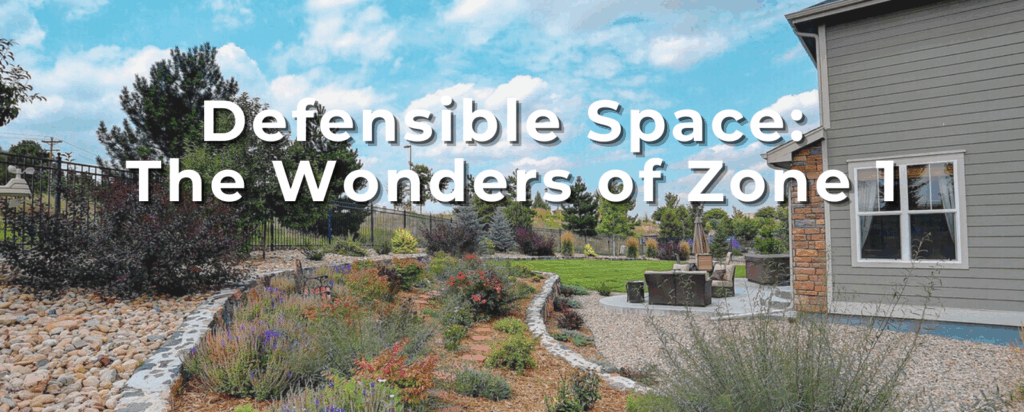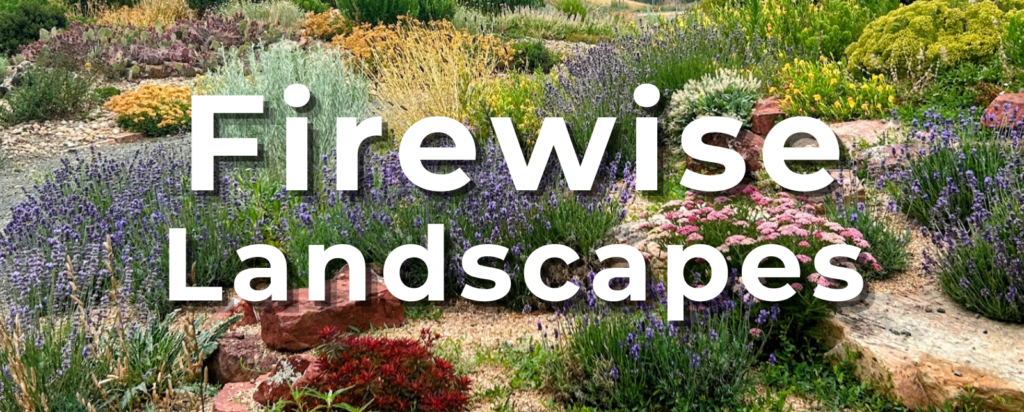Water is life, as they say. It is a precious resource, and as some point out, it should be more accurately referred to as source, the source of all life. When we look at it through this lens and pay attention to how we can keep it on the land to nourish the life that surrounds us, we create more abundance with less effort.
There’s more to consider than simply planting waterwise xeric plants that will survive and thrive with little water; that’s a good first step, but we need to up the ante. Here’s how.
BEYOND WATERWISE
- Grow living mulch. Living mulch is a dense planting of any plants you choose, often mixed layers of groundcovers, perennial flowers, and shrubs, that covers the ground once mature, thereby shading the soil. Living mulch (like other mulches) minimizes weed growth, and helps retain soil moisture.
- Keep all water on-site. This means no more dry creek beds. Dry creek beds typically usher water off-site expediently; we want to do the opposite. They also often are lined by an impermeable material, preventing any absorption into the soil while the water is on it’s way out.
- “Walk” the water around the site. Slow and spread the water throughout the landscape, giving it plenty of chance to be absorbed. Can you direct your downspout to a planted area instead of a paved area?
- Infiltrate the water. Help it to absorb into the ground, and not just run off the surface. We can do this by giving it a place to pool, even if the pooling is only slight. As we know, water takes the path of least resistance and finds depressions to settle in. Think of the plants that grow out of cracks in parched desert landscapes.
- Create depressions. Gentle puddle-like depressions can be added throughout your landscape and mulched to blend in. They don’t have to be huge or dramatic to be effective. In rain garden lingo, these are referred to as rain basins. Note, this approach is opposite of berms.
- Avoid berms. Berms drain water away. Plants on a berm need more supplemental water to get moisture to the roots since water is obedient to gravity and naturally finds it’s way down to the lowest areas.Having to water extra to keep the plants on berms adequately hydrated makes for an inefficient use of water, and rain alone is not likely to be sufficient.
- Plant low, walk high. Design your landscape so that the hardscape (paths, patios, driveways) is higher than your planted landscape. Even slightly higher makes the difference to keep the water going where we want it and not where we don’t. This practice also benefits your hardscaping by keeping it ice free in winter which helps you and the longevity of the structure.
To make sure you’re in the loop and have down the tenets of what is widely referred to as waterwise or xeriscaping (not zeroscaping, mind you) I’ve included them below.
WATERWISE 101
- Avoid water thirsty lawns. Many water thrifty alternative lawn options are available.
- Grow native and adapted plants that can survive on natural precipitation once they are established, which generally takes about 3 years. The remaining points are useful during that establishment period.
- Water in early morning to reduce water loss during the heat of the day and diseases caused by wet foliage at night.
- Water the soil, not the plant. The soil is where the roots are and targeting the soil maximizes absorption while minimizing evaporation. If you’re using an irrigation system, use drip. Overhead spraying can lose up to 80% to evaporation.
- Water more deeply and less frequently. This trains your plant roots to go deep where they’ll be better able to find their own water
Especially living in a dry climate, it’s in our best interest to be mindful of where our water comes from, how we use it, and where it goes. The closer we can get to designing a landscape that makes every drop count, the easier it will be to keep our landscapes better hydrated with less effort. Wisely integrating water is integral to a sustainable landscape. I challenge you to pick two of the things from the above list to implement in your landscape this season.
To the Glory of the Garden,
Eva Montane,
President, Columbine Landscapes









